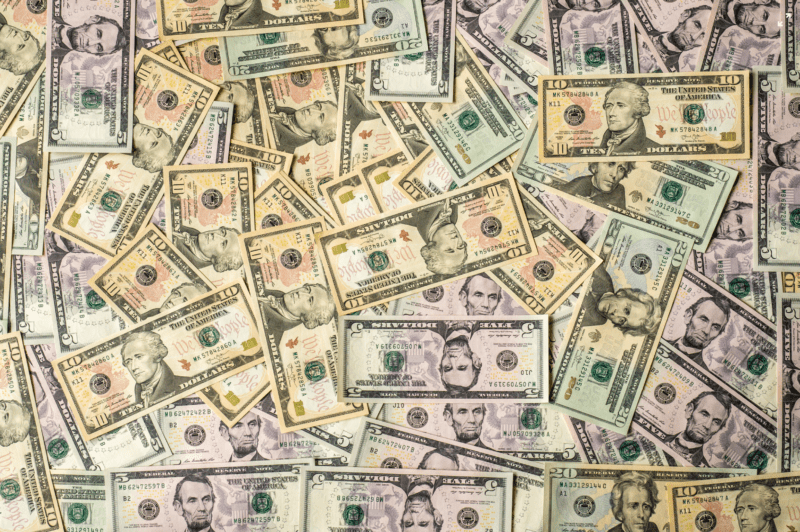TUESDAY, APRIL 21, 2020 AS OF 4:00 PM EST
The total number of confirmed COVID-19 cases has reached nearly 2.5 million worldwide, with more than 814,587 confirmed cases in the United States (US). Today’s Disaster Discourse focuses on the ongoing economic impacts of the emergency, including additional relief funding being contemplated to address those impacts.
Oil and the Global Economy
The world continues to experience economic impacts from COVID-19. On Monday, April 20, US crude oil futures fell below zero, something that has never happened since oil futures began trading in 1983. In general, crude oil prices are low and continue to fall as markets remain volatile — reflecting uncertainty as governments begin to loosen controls imposed in response to COVID-19. As a result, the Trump administration is considering stopping measures to support the US drilling industry.
 Photo by Timothy Newman: Source
Photo by Timothy Newman: Source
Additional Relief Funding for Small Businesses
On Tuesday, April 21, Senate Minority Leader Chuck Schumer (D-NY) indicated the Senate will pass an additional relief bill for small businesses. Lawmakers were negotiating a deal to allocate $310 billion more into the Paycheck Protection Program (PPP), with another $60 billion going to the Economic Injury Disaster Loan Program.
 Photo by Alexander Schimmeck: Source
Photo by Alexander Schimmeck: Source
This additional relief funding comes alongside controversy associated with the initial round of funding. Initially, the US Small Business Administration, which administers the program, gave banks wide latitude on whose applications to accept. As a result, major US banks are facing lawsuits from small businesses which accuse lenders of prioritizing large loans versus first-come, first-served loans because large loans generate the highest fees. An investigation by the Associated Press reports at least 75 companies that received aid through the PPP were publicly traded, some with market values of more than $100 million. Scrutiny has resulted in at least one company returning their loan.
Domestic Consumption Shifts
 Photo by Max Delsid: Source
Photo by Max Delsid: Source
As the pandemic carries on, people in the US are eating more meals at home, which has caused widespread shifts in the food supply chain. Restaurants are selling groceries alongside prepared food; bakeries are selling ingredients needed for home baking; and grocery stores are turning into warehouses. Further, while online grocery stores make up just 3 percent of the US food market, Instacart has seen its order volume increase 150 percent. As a result, Delivery companies like Amazon and Instacart are hiring tens of thousands to keep up with demand.
The Hagerty Team will continue providing information and updates on current events and disasters affecting the nation.
STAY UPDATED AND LEARN MORE HERE:
- John Hopkins University’s Coronavirus COVID-19 Global Cases Map
- 2019 Novel Coronavirus Situation Updates by CDC
- World Health Organization Coronavirus Information
- Hagerty Consulting Quarantine and Isolation Workshops
- New York Times Coronavirus In The US Live Tracking
Keep track of Hagerty’s Incident coverage here:
